Over the past month, the domestic rice market has recorded continuous fluctuations in rice prices. However, according to many businesses, the current increase and decrease in rice prices is completely normal, in accordance with the law of supply and demand of the market. Although the price of winter-spring rice has decreased compared to the second half of 2023, it is still high and ensures profits for farmers.
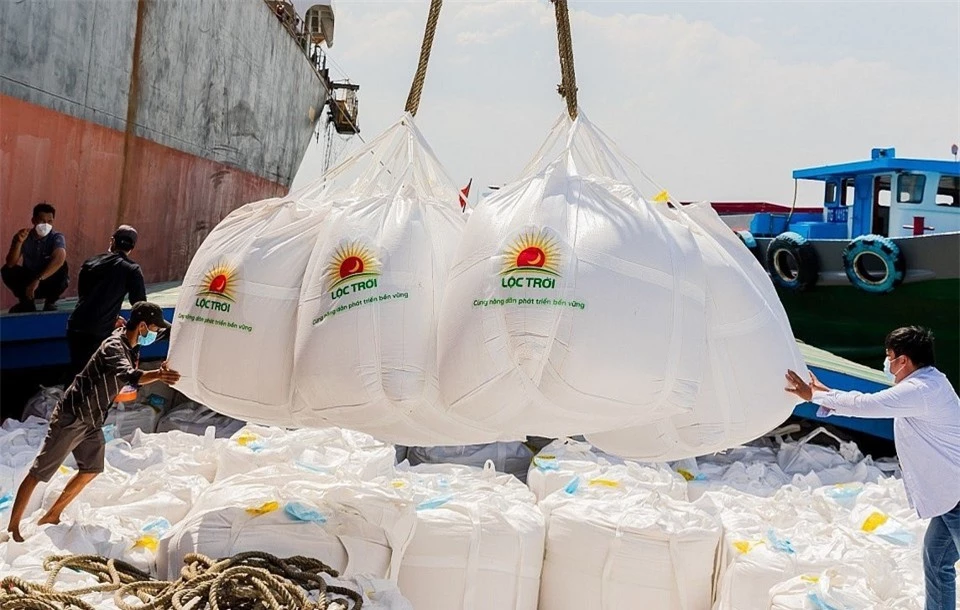
In the export market, Vietnam's rice export prices recorded today (March 21) remained stable. According to the Vietnam Food Association (VFA), the price of 5% broken rice is currently at 597 USD/ton, 25% broken rice is at 568 USD/ton, and 100% broken rice is at 481 USD/ton.
At this time, rice exporting enterprises are always closely monitoring the developments of the domestic rice market to focus on purchasing to serve upcoming export orders. Deputy Director of Phuoc Thanh II Company Limited (Long An) Nguyen Tuan Khoa shared: "Currently, enterprises are focusing on purchasing rice for storage, waiting for high prices to sell. Winter-Spring rice has very high quality, if enterprises do a good job of post-harvest preservation, they can store it for about 3-4 months before exporting."
According to Mr. Nguyen Tuan Khoa, during this period, businesses also have advantages in terms of loans and finance when lending interest rates decrease, creating conditions for businesses to focus resources on boosting rice purchases.
Although rice export prices are still on a downward trend, experts say that businesses with financial potential should buy to take advantage of good prices. According to experts, the balance of global rice supply and demand in 2024 shows that sellers still have the initiative, because currently demand is still greater than supply.
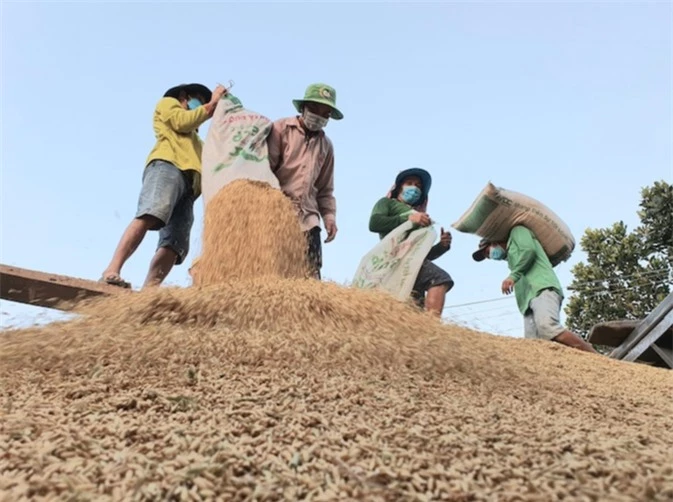
Specifically, according to the forecast of the US Department of Agriculture, the world will have a shortage of about 8.6 million tons of rice in 2024. The leading importing countries are the Philippines, Indonesia, China... Of which, the Philippines is forecast to import a record 3.8 million tons; Indonesia about 3.6 million tons.
For exporters, India continues to restrict rice exports, while Thailand recently forecast that it will reduce its export output this year due to the impact of climate change.
Linking farmers and businesses to make a profit
Many experts say that the fluctuation in rice prices continues to recur, along with many objective market factors such as shipping rates increasing by 300% compared to the end of 2023 due to tensions in the Red Sea region, fluctuating exchange rates, etc. have been and are directly affecting Vietnam's rice export business. This context forces both businesses and rice growers to calculate how to make a profit, because when participating in export, everyone must follow the rules of the market.
Experts say that linking production with rice consumption according to the value chain plays an extremely important role in the current situation. More importantly, in the rice production chain, not only farmers but also businesses must make a profit.
Therefore, farmers need to increase the size of their households, concentrate and accumulate rice land, cooperate in production according to the large-field model and form cooperatives. At the same time, it is also necessary to cooperate with enterprises to form value chains, including horizontal linkages between farmers and cooperatives and vertical linkages between farmers, cooperatives and enterprises.
Recommending solutions, Prof. Dr. Vo Tong Xuan said that in order to successfully link up, the State and localities need to create favorable policies to help businesses access capital. This will help businesses purchase rice from farmers and create opportunities to improve factories to reduce post-harvest and processing losses, contributing to increased profits.
In this regard, the Government has a project to develop 1 million hectares of high-quality, low-emission rice in a sustainable manner, associated with green growth in the Mekong Delta. However, to effectively implement the project, provinces need to encourage businesses to sign contracts in advance to implement production with farmers.
“It is necessary to establish or strengthen cooperatives. Cooperatives are trained in which rice growing process and varieties for farmers to follow. Cooperatives will produce according to orders from businesses to have stable output. Thus, businesses will gradually no longer compete to buy and sell, but each business will have its own raw material area. This is a long-term sustainable path for Vietnamese rice to go far.” – Professor, Dr. Vo Tong Xuan emphasized.
| According to data from the Import-Export Department (Ministry of Industry and Trade), as of January 22, 2024, the whole country had 161 traders granted Certificates of eligibility for rice export business, a decrease of 49 traders compared to August 2023 when there were 210 traders. |
Source
























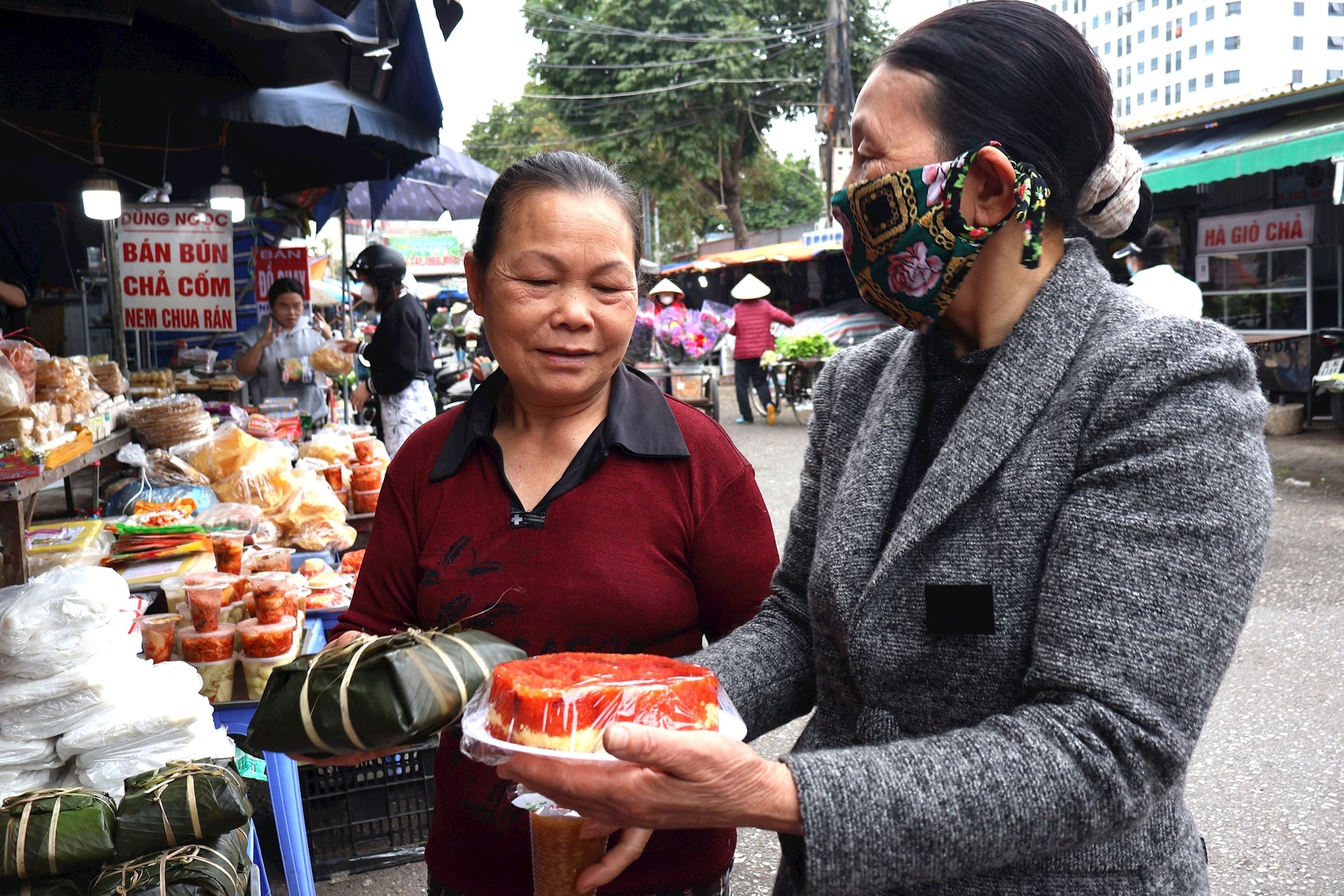
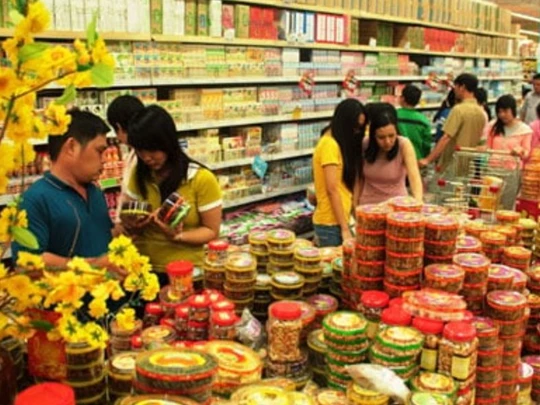

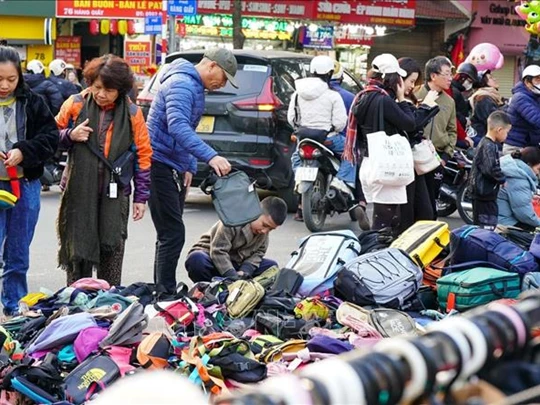
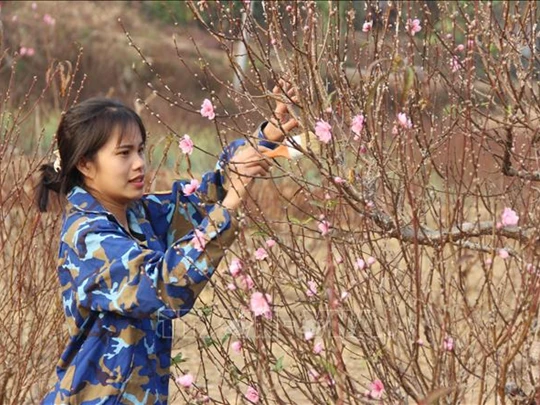




























Comment (0)